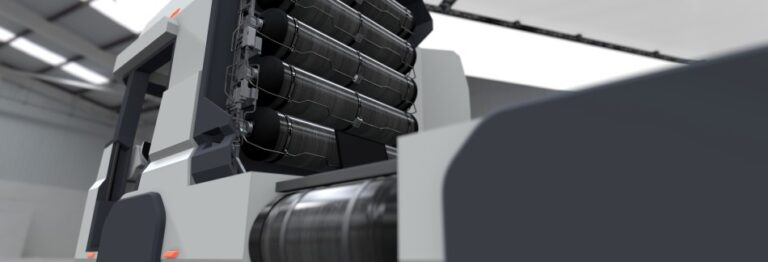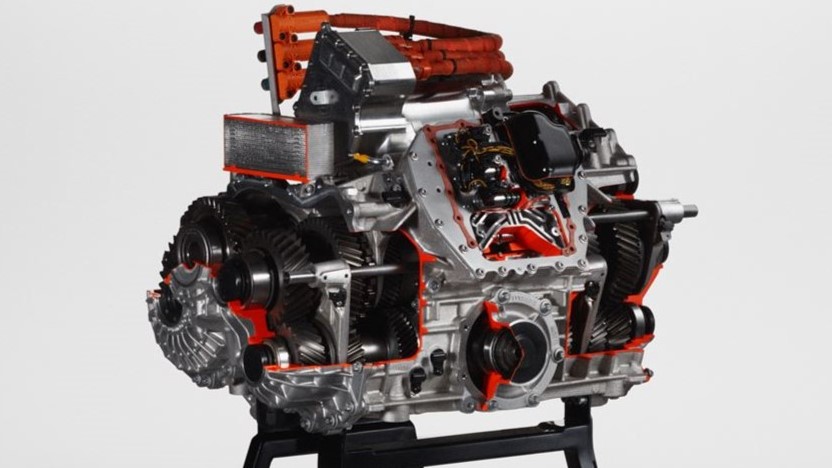
Lamborghini has unveiled the first details of the first HPEV (High Performance Electrified Vehicle) hybrid super sports car, codenamed LB744.
An all-new architecture with new powertrain delivers more than 1000 CV in total, combining the power of a brand new 12-cylinder internal combustion engine with three electric motors and a ground-breaking double clutch gearbox that makes its debut on the 12-cylinder Lamborghini.
Lamborghini’s research and development department developed a wet double clutch as the most efficient and performance-oriented solution, best capable of managing the 725 Nm of torque at 6750 rpm from the internal combustion engine.
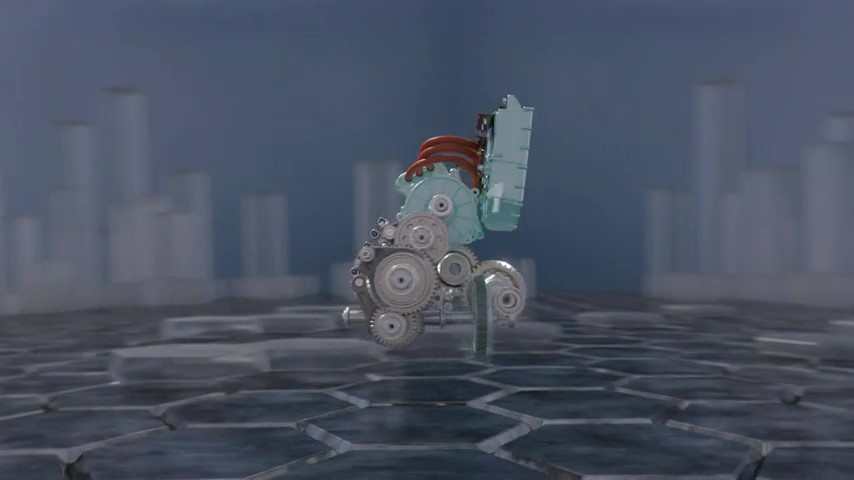
The development of an eight-speed DCT comes from the desire to create a unit that provides everything needed for sporty driving such as fast gear shifts, while the inclusion of an eighth ratio helps optimize fuel consumption and drivability while cruising. A particular feature is the ‘continuous downshifting’, which drops down multiple gears under braking simply by holding down the left paddle, giving the driver the feeling of total control.
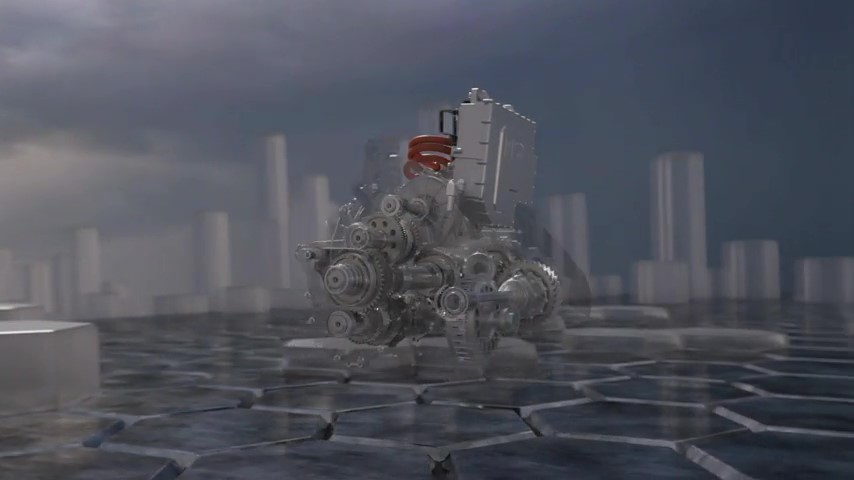
The double-clutch gearbox is extremely compact; just 560mm long, 750mm wide and 580mm high. Total weight is just 193 kg, which includes a new component fundamental to the car’s hybrid architecture: the rear electric motor, with maximum power of 110kW and peak torque of 150Nm.
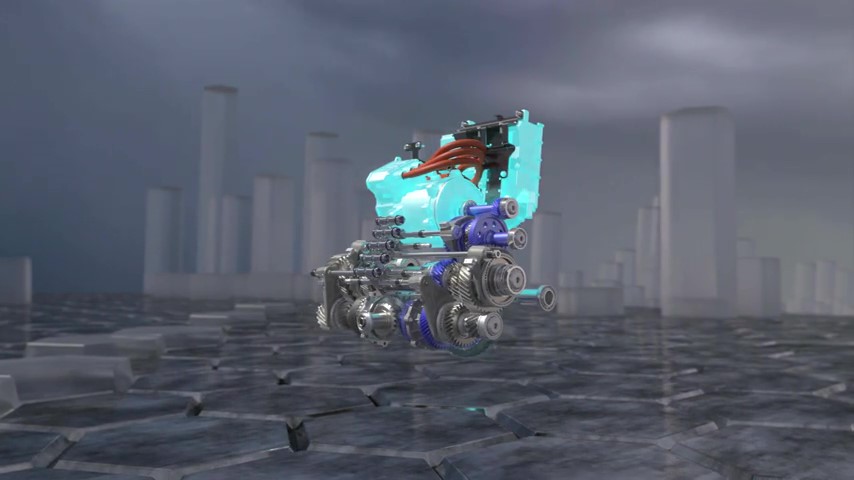
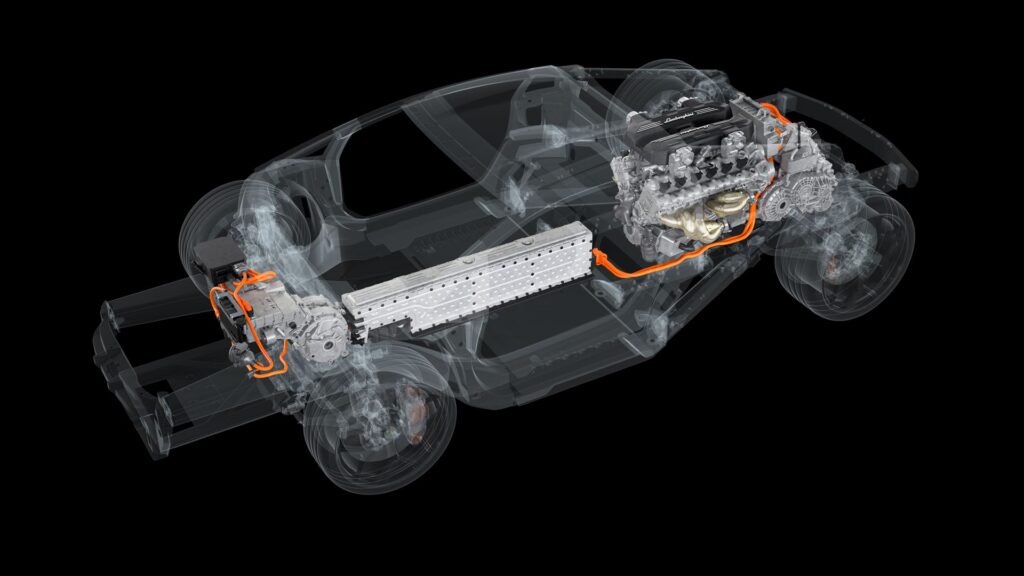
Located above the gearbox, this electric motor doubles as the starter motor and generator, as well as supplying energy to the front electric motors via the battery in the transmission tunnel. How the system functions depends on which driving mode is engaged, thanks to an uncoupling mechanism with a dedicated synchroniser allowing the connection to the double-clutch gearbox. When it is providing additional power to the V12 internal combustion engine, the electric motor is in P3 position, separated from the gearbox, while it moves into the P2 position to recharge the battery at low speeds and when parked, also serving a starter motor.
In the P3 position, the LB744 can become an electric four-wheel drive car, depending on the drive mode selected, continuing Lamborghini’s four-wheel drive tradition even with zero emissions.
Reverse gear is provided by the two front electric motors, although if extra momentum is needed the rear electric motor can also kick in, which activates the rear axle and wheels. As a result, the new LB744 can drive all four wheels in zero emission mode even when reversing in low grip conditions.
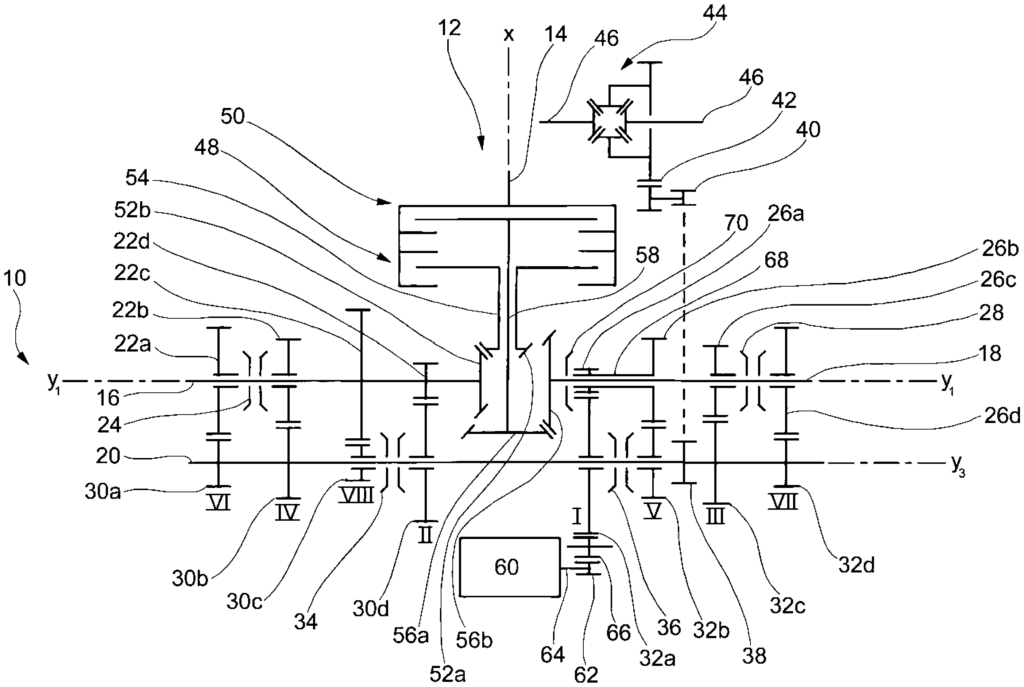
The eight gears are thus engaged in the following way: The first gear is shifted by moving the coupling sleeve 36 inserted to the left, the second gear is by moving the coupling sleeve 34 inserted to the right, the third gear is by moving the coupling sleeve 28 inserted to the left, the fourth gear is by moving the coupling sleeve 24 inserted to the right, the fifth gear is by moving the coupling sleeve 36 inserted to the right, the sixth gear is by moving the coupling sleeve 24 inserted to the left, the seventh gear is moved by moving the coupling sleeve 28 engaged to the right, and the eighth gear is finally moved by sliding the coupling sleeve 34 inserted to the left.
The arrangement of the gearbox 10 and the coupling group 12 in the dual-clutch transmission according to the invention is such that the axes of rotation y1 and y2 the first primary wave 16 and the second primary wave 18 of the gearbox 10 essentially orthogonal to the axis x of the coupling group 12 are aligned. In this way, in longitudinal arrangement of the main motor and thus the motor shaft 14 of the main engine in the vehicle, and thus in the event that the axis x of the clutch group 12 extends in the longitudinal direction (or in the front-to-rear direction) of the vehicle, the transmission 10 arranged transversely, that is, with the axes y1 and y2 the primary waves 16 and 18 and with the axis y3 of the secondary shaft 20 oriented substantially orthogonally with respect to the longitudinal direction of the vehicle. Such an arrangement of the transmission proves to be particularly advantageous when there is little space available on board the vehicle in the longitudinal direction.

